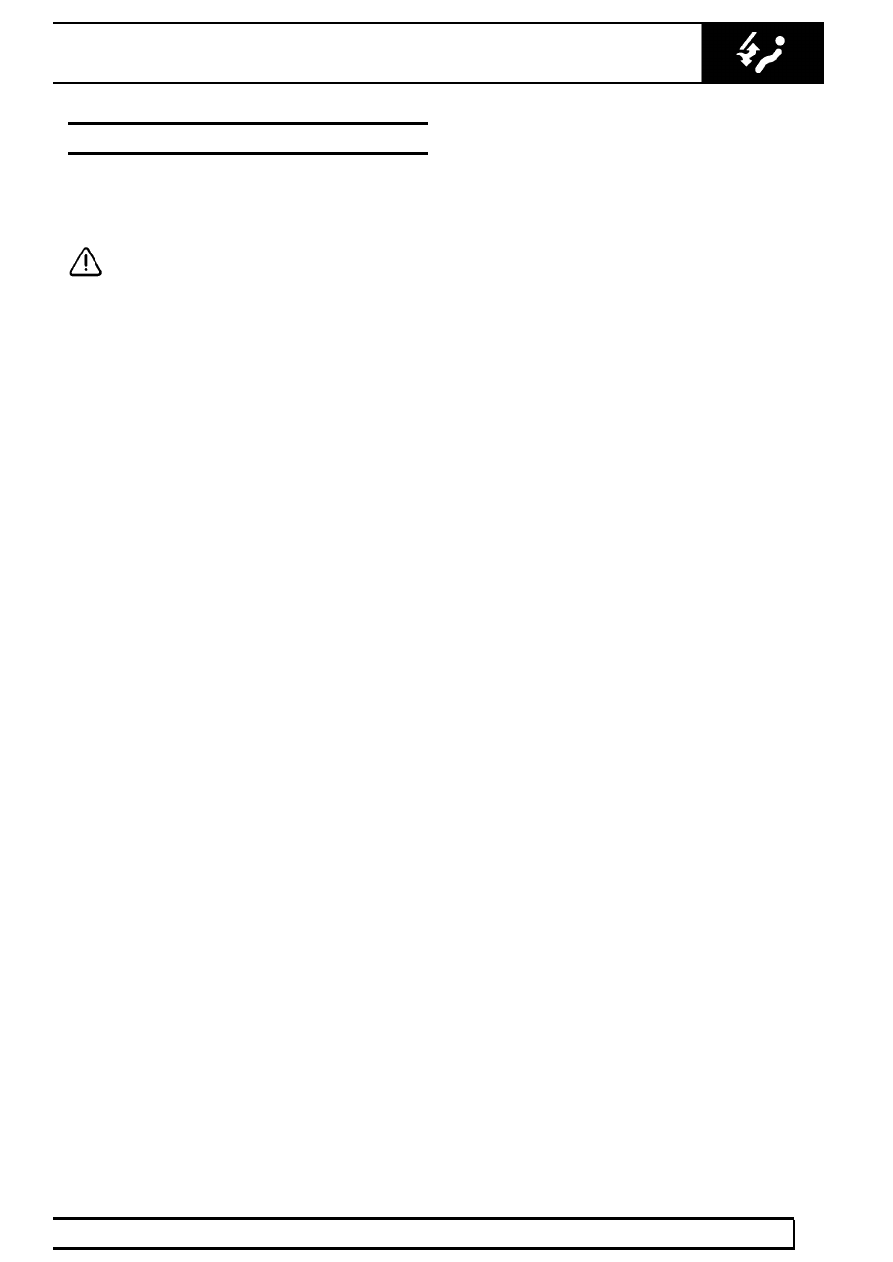Range Rover. Manual - part 294

AIR CONDITIONING
5
ADJUSTMENT
LEAK TEST SYSTEM
The following instructions refer to an electronic type
Refrigerant Leak Detector for use with R134a, which
is the safest and most sensitive.
CAUTION: When a major repair has been
carried out, a leak test should be carried
out using an inert gas (see below).
1. Place the vehicle in a well ventilated area but
free from draughts, as leakage from the system
could be dissipated without detection.
2. Follow the instructions issued by the
manufacturer of the particular leak detector
being used.
3. Commence searching for leaks by passing the
detector probe around all joints and components,
refrigerant gas is heavier than air.
4. Insert the probe into an air outlet of the
evaporator or into the evaporator drain tube.
Switch the air conditioning blower on and off at
intervals of ten seconds. Any leaking refrigerant
will be gathered in by the blower and detected.
5. Insert the probe between the magnetic clutch
and compressor to check the shaft seal for
leaks.
6. Check all service valve connections, valve plate,
head and base plate joints and back seal plate.
7. Check the condenser for leaks at the pipe
unions.
8. If any leaks are found, the system must be
discharged before rectification.
9. Rectify any leaks and recheck for leaks during
evacuation prior to charging.
Leak test using inert gas
Use Nitrogen or Helium gas.
1. Connect gas line to recharging station.
2. Pressurise system to 3 bar.
3. Carry out leak test as above.